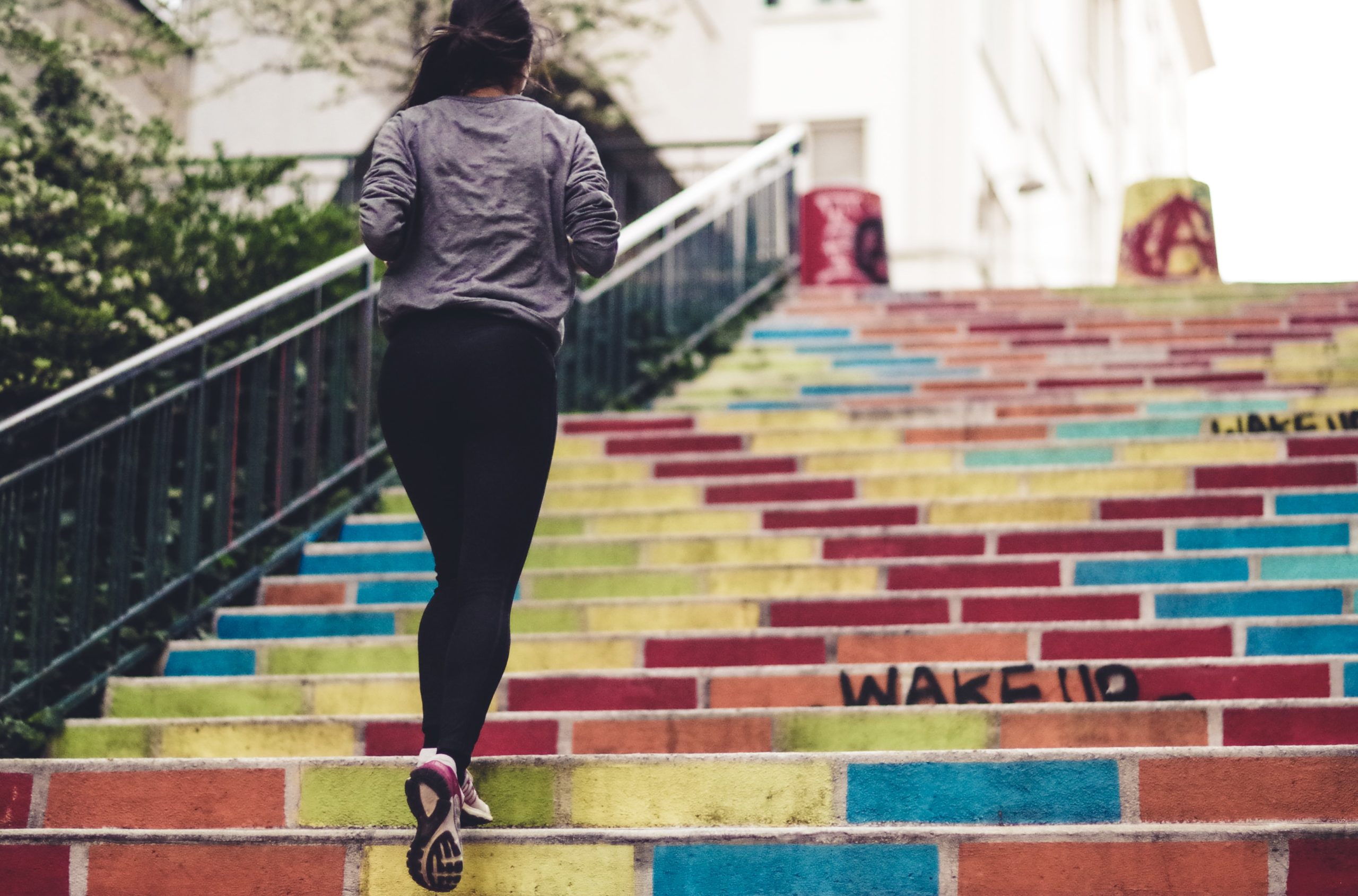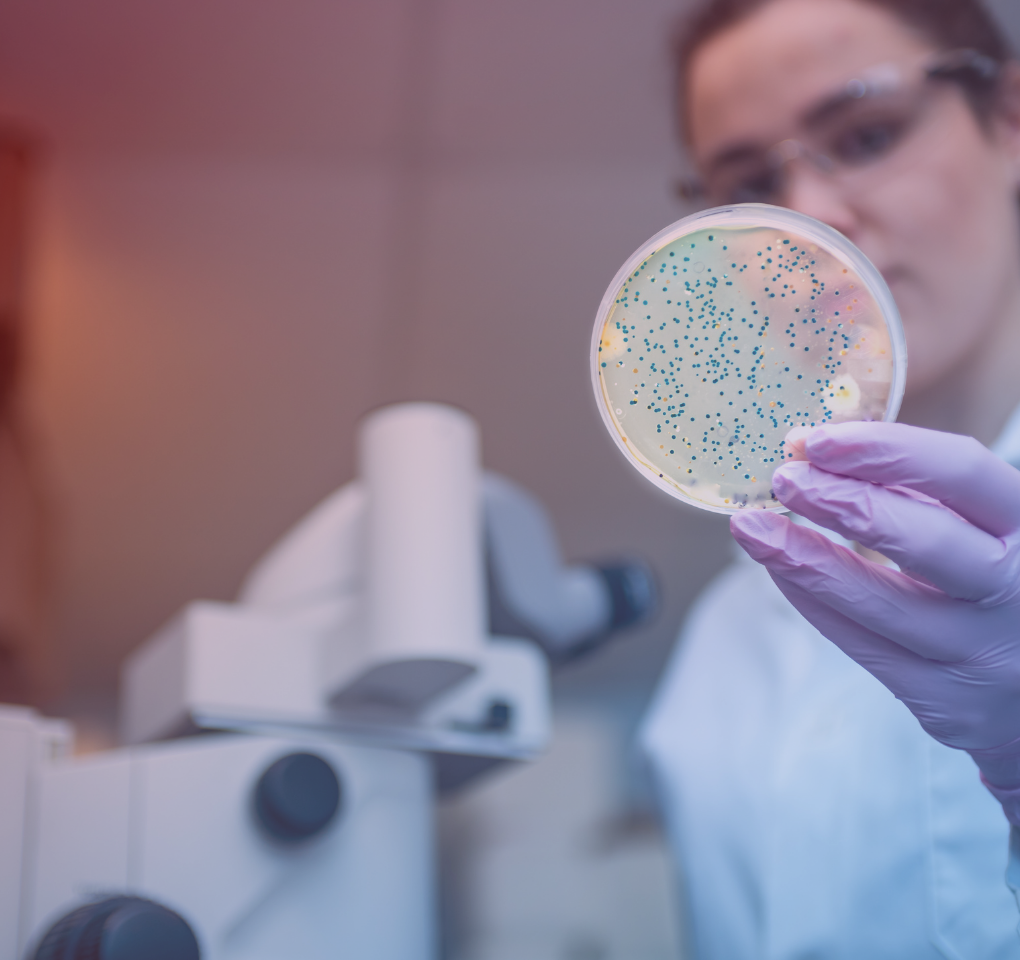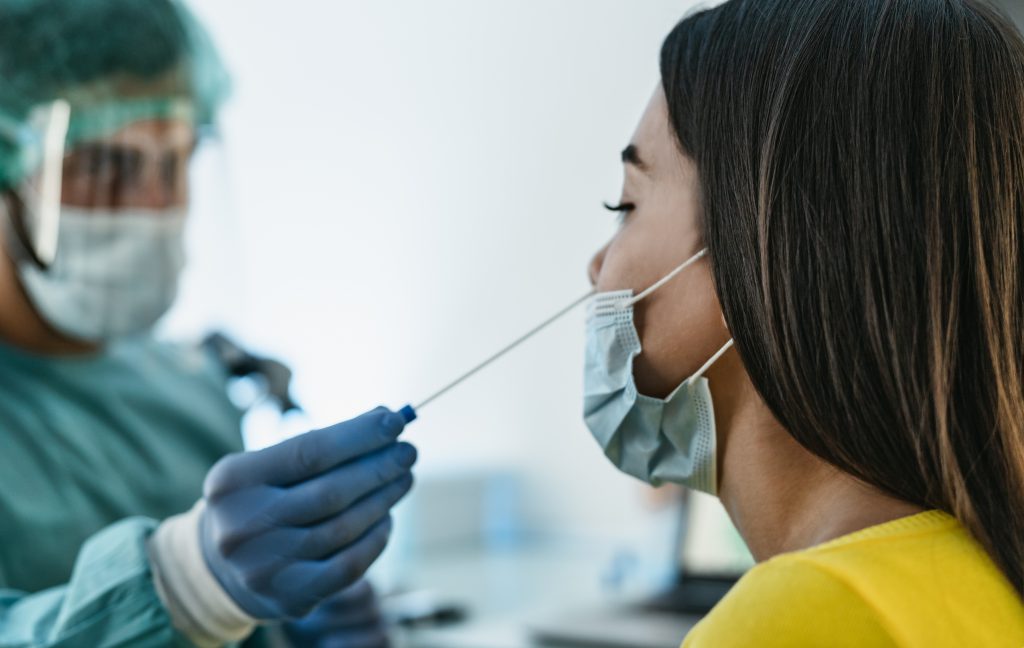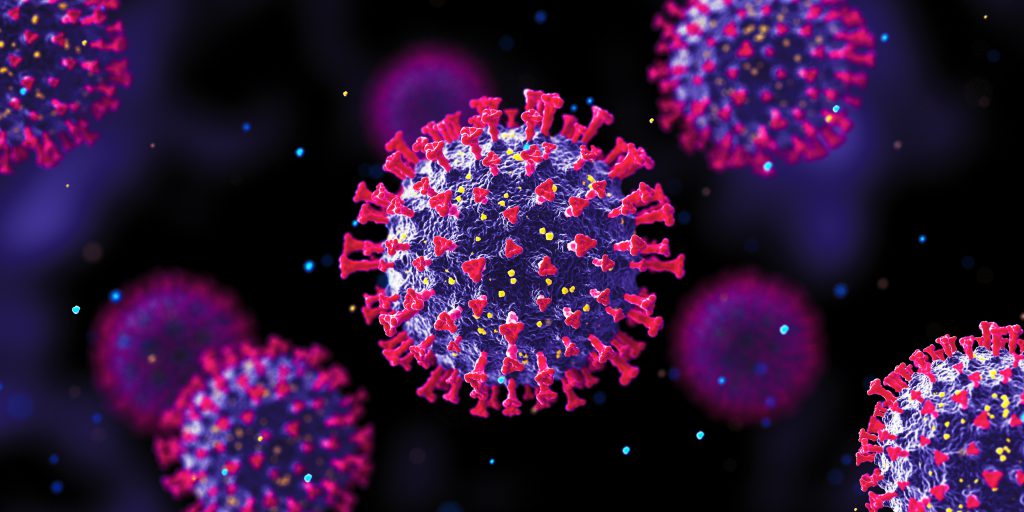Physical activity to reduce the severity of COVID-19
23 May 2022

Stay active, stop COVID-19.
All-Luxembourg study finds that keeping physically active before infection with COVID-19 can help to reduce key symptoms and overall severity.
A consortium of Luxembourgish research institutions studying the national population have been looking to identify factors that may contribute to variations in severity of COVID-19 and its associated symptoms. In their most recent study the teams were able to show that individuals who were more physically active prior to infection not only exhibited less severe illness, but were also less likely to experience symptoms such as fatigue, dry cough and chest pain.
Studiying disparities in disease
The COVID-19 infection manifests itself through a diverse array of symptoms, varying in type and intensity and consequently resulting in very different outcomes for affected patients. The risk of more severe forms of COVID-19 increases with age. However, little is currently known about other clinical and biological characteristics that lead to the observed disparities in disease severity and prognosis. In this context, 2020 saw the launch of the “Predi-COVID” project with the goal of defining which patient profiles can be associated with a more severe prognosis.
The “Predi-COVID” study is led by the Luxembourg Institute of Health (LIH) and a consortium of Luxembourgish research institutions, including Integrated Biobank of Luxembourg (IBBL), the Laboratoire National de Santé (LNS), the University of Luxembourg, the Luxembourg Centre for Systems Biomedicine (LCSB) and the Centre Hospitalier de Luxembourg (CHL). Overall, this unique project has provided important results that are helping to improve the understanding and management of the outbreak, while also leading to improvements in patient care.
Linking physical activity and COVID-19 secondary symptoms
In its most recent publication, the consortium investigated the association between physical activity (PA) prior to infection and COVID-19 severity. This included a look at the link between PA and twelve secondary symptoms, with common examples such as dry cough, fever, loss of taste and smell and fatigue, as well as some lesser known like chest pain, confusion and falls.
While it has been demonstrated that PA decreases the risk of severe clinical COVID-19 outcomes (e.g. hospitalisation or death), there is still limited information on the impact of PA on the severity of COVID-19 in patients with less severe disease and on the risk of developing specific symptoms.
Dr Laurent Malisoux, group leader at the LIH’s Physical Activity, Sport and Health research group, who led the study.
The analysis was conducted on 452 volunteers between the ages of 31 and 51, who had reported their physical activity for the year preceding their infection using a questionnaire. This included activities such as walking, gardening and other day-to-day chores, as well as more strenuous activities like sports. These results enabled researchers to produce scores that ranked each individual’s PA on a weekly basis, that could then be compared with prevalence of symptoms and disease severity.
Associating physical activity with decreased risks
The researchers found that participants with greater PA were at a lower risk of moderate COVID-19 severity, which confirmed the group’s initial hypothesis. Furthermore, a greater level of PA was also associated with a decreased risk of experiencing fatigue, dry cough and chest pain, which are among the most commonly reported symptoms in patients positively tested for COVID-19.
This study provides evidence that PA is a modifiable risk factor for COVID-19 severity, including moderate illness. Our findings suggest that engaging in regular PA may be one of the key actions individuals can take to minimise adverse consequences of COVID-19.
Dr Guy Fagherazzi, Director of the Department of Precision Health and Principal Investigator of Predi-COVID
Physical activity: a key action to minimise COVID-19
These results help to highlight that as individuals, we may have more power than we think when it comes to protecting ourselves from infectious diseases such as COVID-19. It is the job of novel initiatives like Predi-COVID to continue uncovering this information so that the public and health professionals can work together to make living with COVID a more acceptable reality.
The study was published on 29 April 2022 in BMJ Open, a peer-reviewed open access journal dedicated to medical research from all disciplines and therapeutic areas, under the full title “Associations between physical activity prior to infection and COVID-19 disease severity and symptoms: results from the prospective Predi-COVID cohort study” (DOI: 10.1136/bmjopen-2021-057863).
The success of Predi-COVID has heralded the creation of CoVaLux (COVID-19, Vaccination & long-term health consequences of COVID-19 in Luxembourg), which picks up where its predecessor left off. Coordinated by Research Luxembourg, the collaboration now turns its attention towards vaccine efficacy and the longer term health implications of the disease as we look to finally get ahead of the pandemic.










